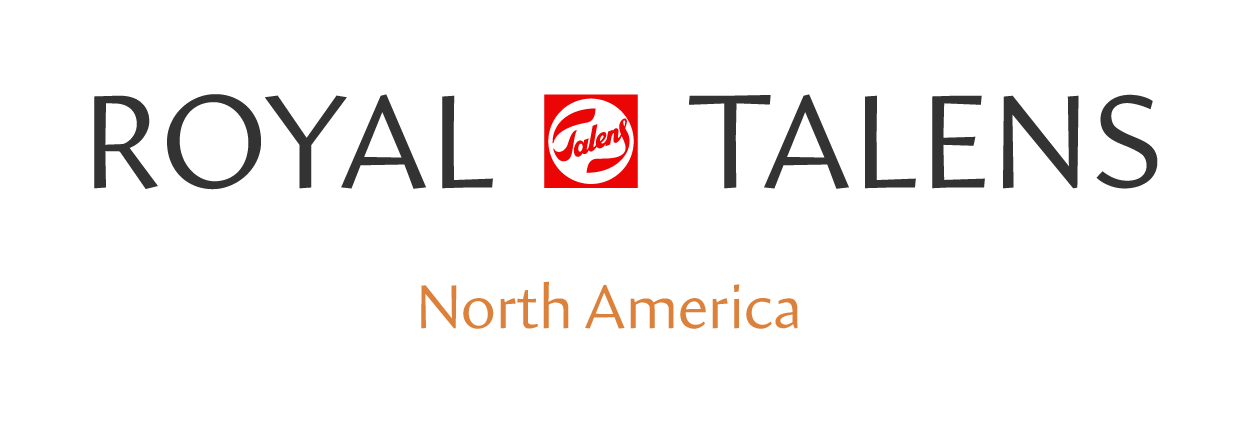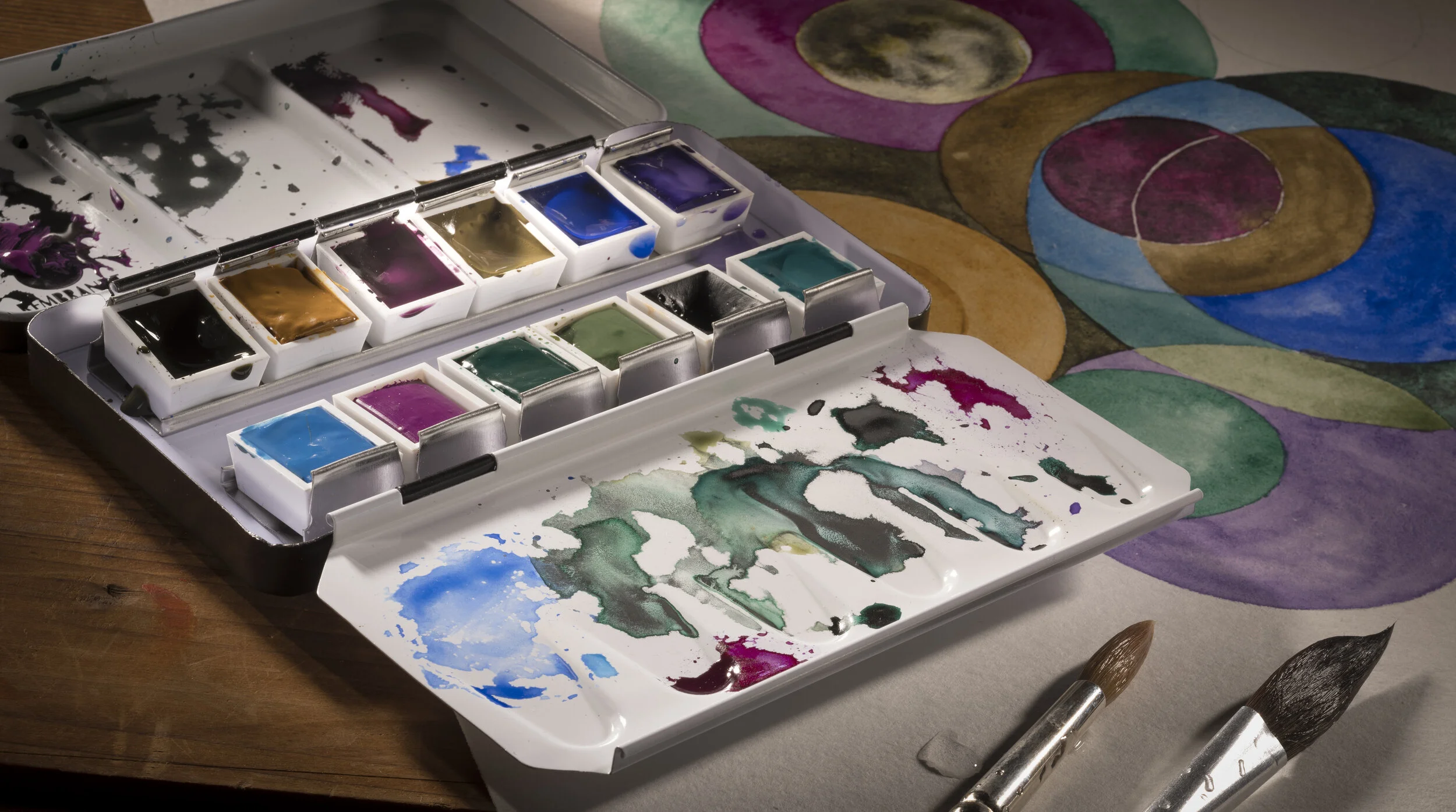Dear Marten: Granulating Watercolors
By Jeff Olson, Art Education Director, Royal Talens North America
You may have noticed in watercolor, some colors create uniform and even washes, while others create wonderfully textured surfaces. This texture is a result of what we refer to as granulating pigments. Granulate is defined as “to form or crystallize into grains or granules." These pigments cluster together in the wet, painted surface, drying to create a stippled effect.
Most pigments form clumps during manufacturing. These clumps can be broken down by milling, but not all pigments are equally easy to grind. As a result, the size (and shape) of pigments can vary from one to another. Granulating pigments also tend to be heavier, giving them a natural propensity to granulate. As a general rule, smaller fine pigment particles will produce less granulation, resulting in a smooth painted surface. Larger and heavier pigments cause more granulation and result in a speckled and more textured painted surface.
Granulating colors include:
Most inorganic (mineral based) pigments, including earth tones like Raw Sienna and Burnt Umber
Most blues including Ultramarine (French more so), Cerulean and Cobalt
Most violets including Ultramarine and Cobalt
Greens including Viridian, Cobalt and Green Earth
Very few reds or yellows are granulating- the best options are earth tones like Yellow Ochres and Red Oxides
Rembrandt Watercolor Granulating Set includes:
Cobalt Turquoise 682
Viridian 616
Green Earth 629
Ultramarine Violet 507
Cobalt Violet 539
Cerulean Blue 534
French Ultramarine 503
Greenish Umber 410
Raw Sienna 234
And introducing:
Dusk Green 630
Dusk Pink 373
Dusk Yellow 230
Dusk colors combine a unique combination of pigments. Each includes Oxide Black PBk11, a granulating color, mixed with either Transparent Yellow PY128, Quinacridone Magenta PR122, or Phthalo Green PG7, all staining colors.
When mixed together, the different characteristics of the granulating and staining pigments create a granulating color with a darker full tone and a richer hued undertone being either yellow, pink or green.
How do I enhance the effect of Granulating colors? Using cold-pressed and rough-textured paper will exaggerate the effect. Granulation is still possible on smooth paper but to a lesser degree. Using more water will make granulation more visible, both in the paint and on the surface.
What can you do with Granulating colors? Textures of course, both representational and abstract.
Landscape features from forests and mountainsides to grass and stone and industrial surfaces like concrete, brick, blacktop, plaster, rust and so much more. They create great backgrounds to give a heightened effect of atmospheric perspective. Working in monochromes with Granulating colors can offer contrast, also further differentiating light and dark areas, as granulating colors tend to be darker. Granulating colors lift exceptionally well, as they tend to stay on the surface of the paper when dry, where staining colors are more thoroughly absorbed.



